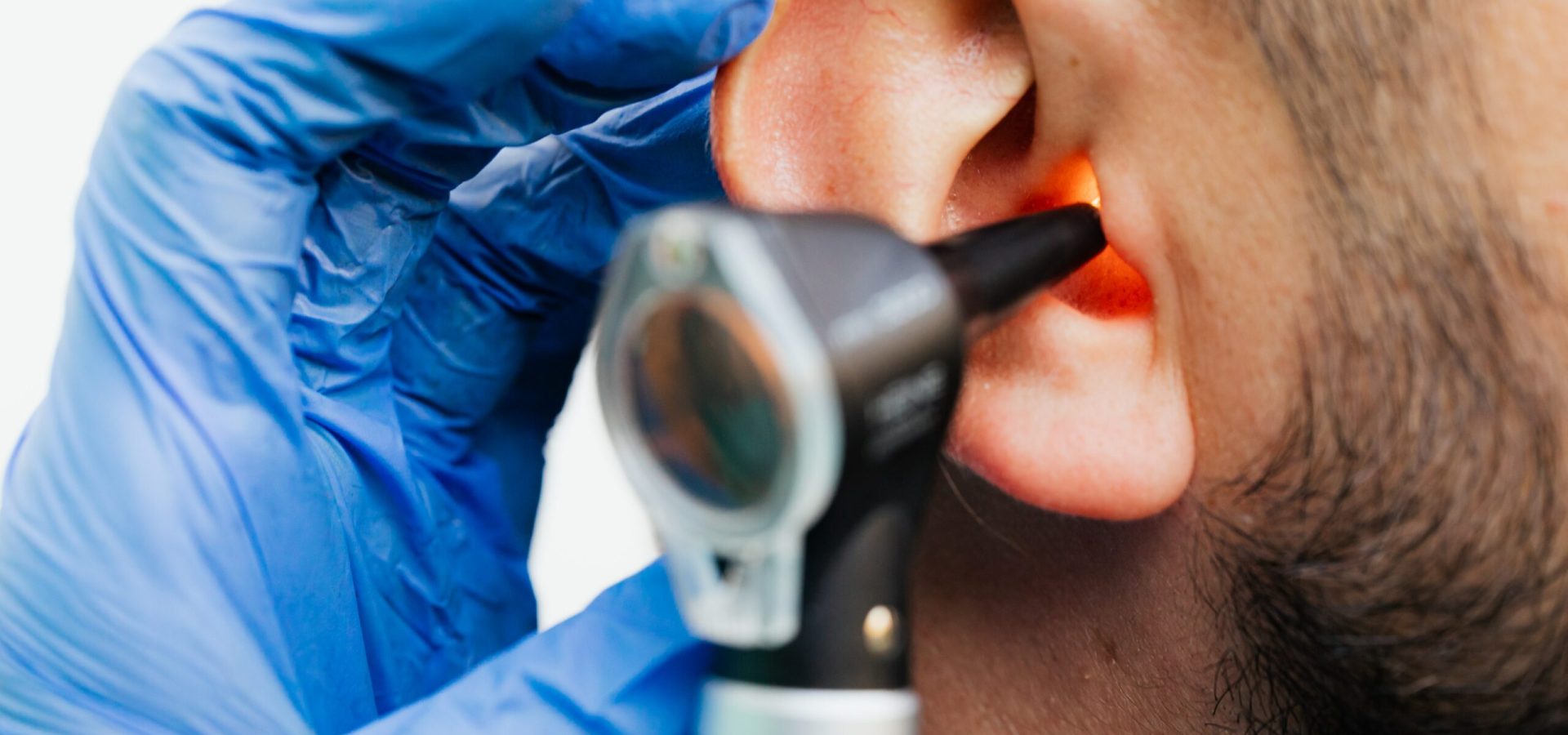Menu

The human ear is a complex and intricate organ responsible for hearing and maintaining balance. It is made up of several parts, including the outer, middle, and inner ear. The inner ear contains the cochlea, which converts sound waves into electrical impulses sent to the brain for interpretation. When the cochlea is damaged, it can result in a condition called Diplacusis.
Diplacusis is a hearing disorder that affects the way the brain processes sound. It can cause a person to hear the same sound in two different ways. In this blog, we will explore everything you need to know about Diplacusis.
Types of Diplacusis
There are two types of Diplacusis: monaural and binaural. Monaural diplacusis affects one ear, while binaural diplacusis affects both ears.
Monaural diplacusis is more common and can be caused by various factors, including ear infections, head trauma, exposure to loud noises, and aging. Binaural diplacusis is less common and is typically caused by damage to the auditory nerves.
Symptoms of Diplacusis
The most common symptom of Diplacusis is the perception of two different sounds from a single source. Other symptoms may include difficulty understanding speech, tinnitus (ringing in the ears), and feeling fullness or pressure in the affected ear.
Diagnosis of Diplacusis
If you are experiencing symptoms of Diplacusis, see an audiologist for a hearing evaluation. During the evaluation, the audiologist will perform a series of tests to determine the extent of your hearing loss and any other underlying conditions contributing to your symptoms.
Tests may include a pure-tone audiometry test, speech audiometry test, and tympanometry test.
1. Pure-Tone Audiometry Test
This test measures a person’s hearing sensitivity by presenting pure tones of different frequencies and intensities to each ear. The goal is to determine a person’s hearing threshold or the softest sound they can hear at each frequency.
2. Speech Audiometry Test
This test measures a person’s ability to hear and understand speech. It involves presenting a series of spoken words or sentences to the person and asking them to repeat what was heard.
The test measures a person’s Speech Reception Threshold (SRT), the softest level of speech they can hear and understand, their word recognition score (WRS), or their ability to identify words presented at a comfortable listening level correctly.
3. Tympanometry Test
This test measures the eardrum’s movement in response to changes in air pressure. It can help identify problems with the middle ear, such as fluid buildup or a perforated eardrum.
During the test, a small probe is placed in the ear canal, and air pressure is changed while a tone is played. The probe measures the eardrum’s movement in response to the tone and pressure changes.
Treatment of Diplacusis
There is no cure for Diplacusis, but several treatment options are available. The most common treatment is hearing aids, which can help amplify sound and improve the quality of sound perception. In some cases, therapy may also be recommended to help retrain the brain to process sound more normally.
Prevention of Diplacusis
Prevention of Diplacusis involves protecting your ears from damage. This includes avoiding exposure to loud noises, wearing ear protection when working in loud environments, and avoiding using headphones at high volumes.
Conclusion
Diplacusis is a hearing disorder that a variety of factors can cause. While there is no cure for Diplacusis, several treatment options can help improve the quality of sound perception. If you are experiencing symptoms of Diplacusis, it is important to see an audiologist for a hearing evaluation. With proper management, many people with Diplacusis can lead happy and fulfilling lives.
Are you having auditory issues? Get a Beltone free hearing test at Fraser Valley Beltone. With this procedure, we can get you the professional help you need to improve your hearing. Contact us today for more details.
Share Post
Facebook
Twitter
LinkedIn
Email
Reddit
Pinterest
